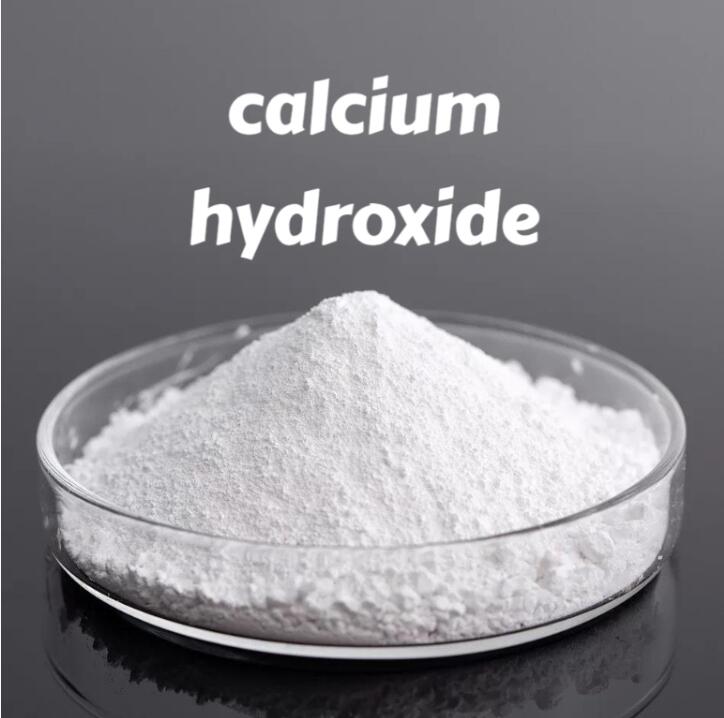For product information and pricing, Chat with sales agent:
or email us : sales@clirik.com
Click links below to see related products.

In the realm of industrial processing, the grinding of calcium hydroxide stands as a critical operation, essential for applications ranging from construction materials to environmental remediation. To achieve the desired particle size and properties of calcium hydroxide, specialized grinding mills play a pivotal role.
In this article, we embark on a comprehensive exploration of two prominent calcium hydroxide grinding mills: the Raymond mill and the HGM ultrafine grinding mill. By delving into their features, advantages, and applications, we uncover the key considerations for optimizing calcium hydroxide processing.

Calcium hydroxide grinding mills are designed to finely grind calcium hydroxide into the desired particle size range, catering to diverse industrial applications. Among the array of grinding mills available, Raymond mill and HGM ultrafine grinding mill emerge as leading contenders for calcium hydroxide processing, each offering distinct advantages and capabilities.
Raymond mill, renowned for its precision and reliability, is a stalwart in the realm of industrial grinding. Here's a detailed exploration of its features and suitability for calcium hydroxide grinding:
1. Grinding Mechanism: Raymond mill operates on the principle of rolling and grinding, where grinding rollers tightly press the grinding ring to crush and grind the calcium hydroxide feed material.
2. Particle Size Control: With its adjustable fineness control, Raymond mill offers precise control over particle size distribution, making it ideal for producing fine calcium hydroxide powder.
3. Energy Efficiency: Raymond mill consumes less energy per unit of material processed compared to alternative grinding mills, contributing to cost savings and sustainability.
4. Ease of Operation: Raymond mill features straightforward operation and maintenance procedures, ensuring smooth operation and minimal downtime.
5. Versatility: While suitable for calcium hydroxide grinding, Raymond mill can also process a wide range of materials, enhancing its versatility across industries.
The HGM ultrafine grinding millrepresents cutting-edge technology tailored for ultrafine calcium hydroxide grinding. Here's a closer look at its features and advantages:
1. Ultrafine Grinding Capability: HGM mill excels in producing ultrafine particles of calcium hydroxide, thanks to its advanced grinding mechanism and high-speed impact.
2. Uniform Particle Size Distribution: The HGM mill ensures consistent and uniform particle size distribution, crucial for applications requiring precise control over particle size.
3. Enhanced Reactivity: Ultrafine calcium hydroxide particles produced by HGM mill exhibit increased surface area, enhancing reactivity for applications such as environmental remediation.
4. Cost-Effectiveness: Despite its advanced features, the HGM mill offers cost-effective operation and maintenance, making it an attractive option for industrial-scale calcium hydroxide processing.
5. Environmental Friendliness: Designed with environmental considerations in mind, the HGM mill features efficient dust collection systems and low-noise operation, minimizing environmental impact.
While both Raymond mill and HGM ultrafine grinding mill excel in calcium hydroxide grinding, a comparative analysis sheds light on their respective strengths:
1. Particle Size Range: Raymond mill typically produces finer particles, while HGM mill excels in producing ultrafine particles below 10 microns.
2. Energy Consumption: HGM mill may have higher energy consumption due to its high-speed impact grinding mechanism, whereas Raymond mill offers energy-efficient operation.
3. Versatility: Raymond mill boasts versatility in processing various materials, whereas HGM mill specializes in ultrafine grinding applications.
The choice between Raymond mill and HGM ultrafine grinding mill hinges on specific application requirements and considerations:
1. Construction Materials: Both mills find application in producing calcium hydroxide for construction materials, with Raymond mill suitable for fine grinding and HGM mill for ultrafine applications.
2. Environmental Remediation: HGM ultrafine grinding mill may be preferred for environmental remediation applications requiring high reactivity and precise particle size control.
3. Cost Considerations: Raymond mill offers cost-effective operation for moderate grinding requirements, while HGM mill may be justified for ultrafine grinding applications despite potentially higher initial costs.
In the realm of calcium hydroxide grinding, the choice between Raymond mill and HGM ultrafine grinding mill hinges on factors such as desired particle size, energy efficiency, and processing requirements. Both mills offer unique advantages and capabilities, catering to diverse industrial applications. By understanding their features and considerations, industries can optimize calcium hydroxide processing for enhanced performance and efficiency.
